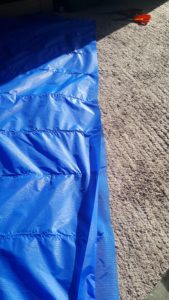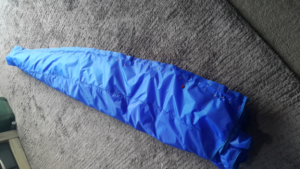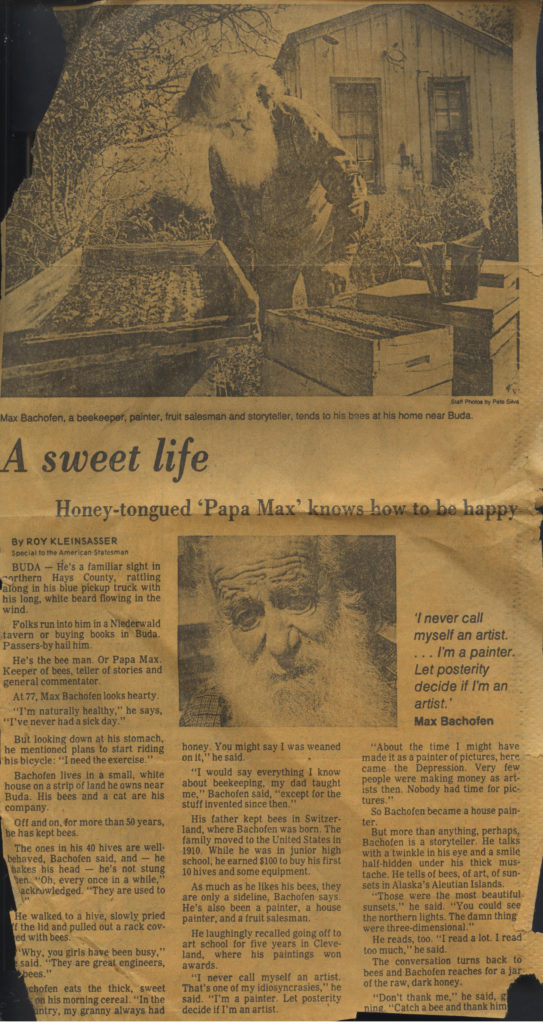Thursday I met up with Averil at the waterfront after she had an appointment in town. Though the wind was not ideal, we managed to fly the blue parafoil and some mixed results with the ferry and dropping things.

I had carried all the kite gear there from home on my ebike. edbikes.co.nz I’m making my EdBike work for its money…
The kite was biasing to the left, to the point that it would lose the air into the openings at the top – and then collapse to the ground! So I did a bit of line trimming. By the end of the session, it was pretty stable.
The ferry is something of a hassle to set up and work with in the wind. But I launched it up probably a dozen times. “Ideal” would be the ferry goes up, hits the stopper, drops whatever, and returns down the line. I did get that a few times – but also had real issued with the trigger point on the kite getting caught up into the wire that runs through the polystyrene ball that is the stopper. I don’t think it really needs that ball – I’m going to replace it with a piece of pool noodle.
The sail on the ferry probably could do with a bit of tail of its own. It has a tendency to swing about, and even start wrapping around the line. But I’d say the stopper issue above was more significant – get that fixed and all might be well…
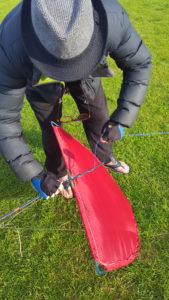
I had reasonable success with just sending the ferry up, letting it trip, and fall back down the line. I did that on its own a few times to confirm that it could function well on its own. Now just to get a better way of carrying the payload, I think.
A ‘less than successful’ attempt, with the ferry catching on the stopper, then bringing the kite down. Second video has a more positive attempt, with the ferry rising and falling as it should…
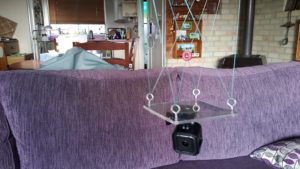 are other people using more sophisticated systems that can do better. I’m just happy with any photos – or even poor quality movies! – that I can take from my kites.
are other people using more sophisticated systems that can do better. I’m just happy with any photos – or even poor quality movies! – that I can take from my kites.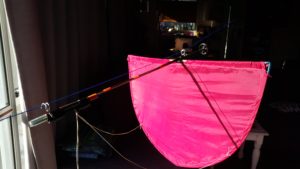
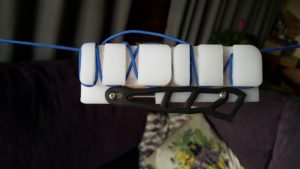




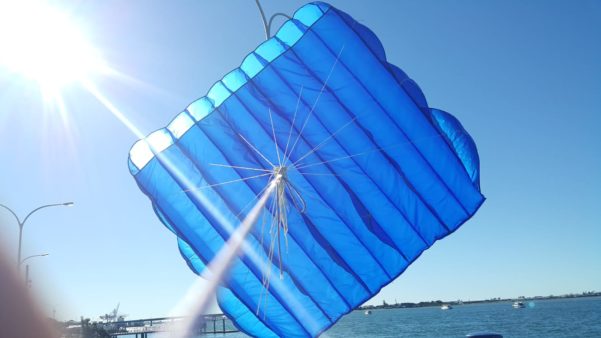 But flying. No doubt at all that it will be a heavy puller – when I didn’t have it tied to a bench, it could feel sort of scary even at low altitudes, pulling enough to be more than I’d want to handle i
But flying. No doubt at all that it will be a heavy puller – when I didn’t have it tied to a bench, it could feel sort of scary even at low altitudes, pulling enough to be more than I’d want to handle i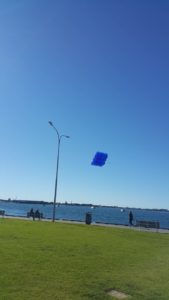 n a bigger wind…
n a bigger wind…